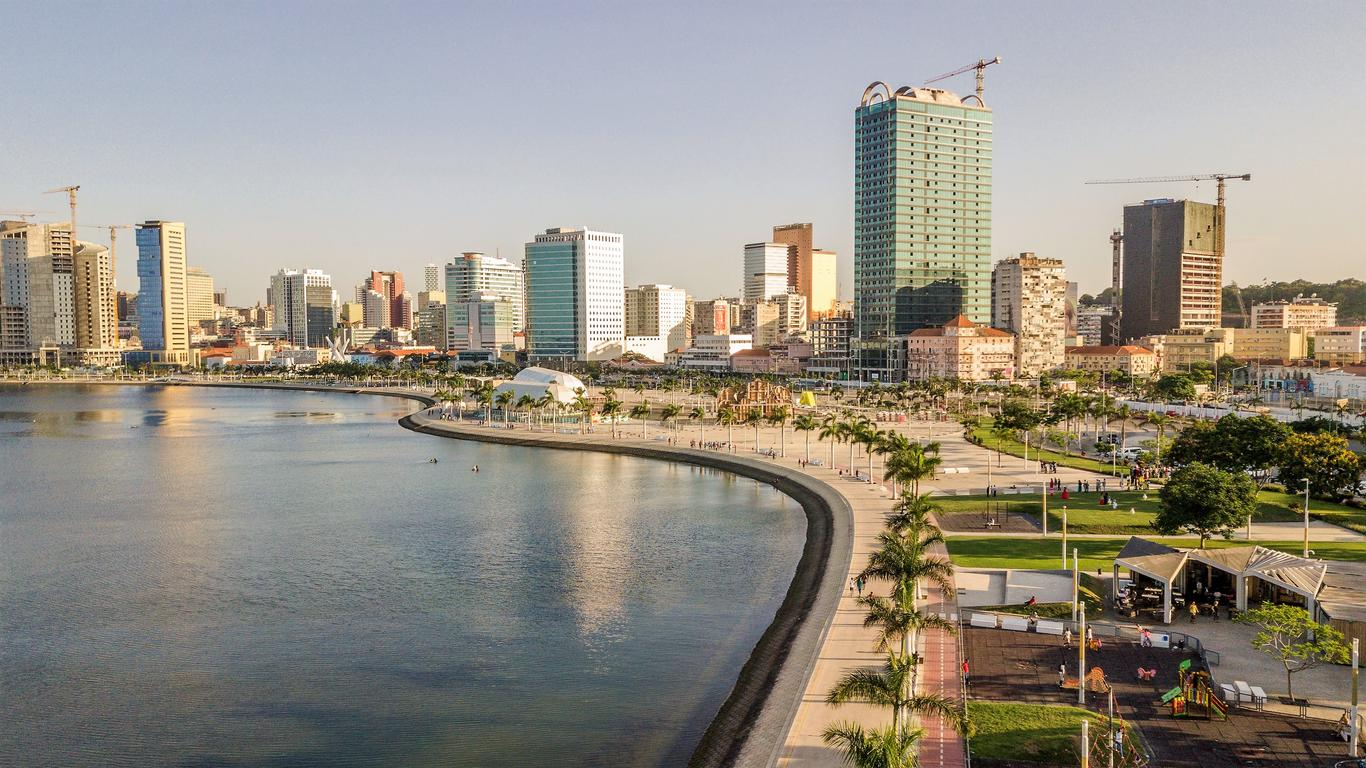Angola, a country on the southwestern coast of Africa, is a land of striking contrasts and rich cultural heritage. Known for its diverse landscapes, ranging from lush rainforests to arid deserts, Angola offers a unique blend of natural beauty and vibrant traditions. With a population of over 32 million people, this resource-rich nation is still emerging from a long history of colonial rule and civil war, making it a fascinating destination for those interested in exploring its untapped potential.
Table of Contents
Geography
Angola spans approximately 1.25 million square kilometers, making it the seventh-largest country in Africa. It shares borders with Namibia to the south, the Democratic Republic of the Congo to the north, and Zambia to the east, with the Atlantic Ocean lying to the west.
Angola’s diverse topography includes the coastal plains, the highlands of the interior, and the vast, arid Namib Desert in the south. The country is also home to the majestic Cuanza and Cunene rivers, which are vital for agriculture and hydroelectric power. The climate varies from tropical along the coast to more arid conditions in the southern and eastern regions.
States of Angola
Angola is divided into 18 provinces, not states. These provinces serve as the top administrative divisions within the country. Here is a table listing the 18 provinces of Angola along with their capitals:
| No. | Province | Capital |
|---|---|---|
| 1 | Bengo | Caxito |
| 2 | Benguela | Benguela |
| 3 | Bié | Kuito |
| 4 | Cabinda | Cabinda |
| 5 | Cuando Cubango | Menongue |
| 6 | Cuanza Norte | N’Dalantando |
| 7 | Cuanza Sul | Sumbe |
| 8 | Cunene | Ondjiva |
| 9 | Huambo | Huambo |
| 10 | Huíla | Lubango |
| 11 | Luanda | Luanda |
| 12 | Lunda Norte | Dundo |
| 13 | Lunda Sul | Saurimo |
| 14 | Malanje | Malanje |
| 15 | Moxico | Luena |
| 16 | Namibe | Moçâmedes |
| 17 | Uíge | Uíge |
| 18 | Zaire | M’banza-Kongo |
History
The history of The country is deeply intertwined with the legacy of colonialism and the struggle for independence. Before the arrival of European colonizers, the region was inhabited by various ethnic groups, including the Bantu-speaking peoples, who established powerful kingdoms such as the Kongo, Ndongo, and Lunda. These kingdoms were known for their sophisticated political structures, trade networks, and cultural achievements.
In the late 15th century, the Portuguese arrived on the Angolan coast, marking the beginning of over 400 years of colonial rule. Angola became a major source of slaves for the transatlantic slave trade, with millions of Angolans forcibly taken to the Americas. The Portuguese established settlements and trading posts, exploiting the region’s resources and imposing their cultural and religious practices on the local population. Resistance to Portuguese rule was fierce, with several uprisings and revolts taking place over the centuries.
The struggle for independence intensified in the mid-20th century, leading to the Angolan War of Independence, which lasted from 1961 to 1975. The conflict was marked by brutal fighting and widespread suffering, as various nationalist movements, including the Popular Movement for the Liberation of Angola (MPLA), the National Front for the Liberation of Angola (FNLA), and the National Union for the Total Independence of Angola (UNITA), fought against Portuguese forces.
The country finally gained independence on November 11, 1975, but the victory was soon overshadowed by a protracted civil war that lasted until 2002. The civil war, fueled by Cold War politics and regional rivalries, left Angola devastated, with millions of lives lost and the country’s infrastructure in ruins.
Top Ten Must-Visit Destinations
1. Luanda
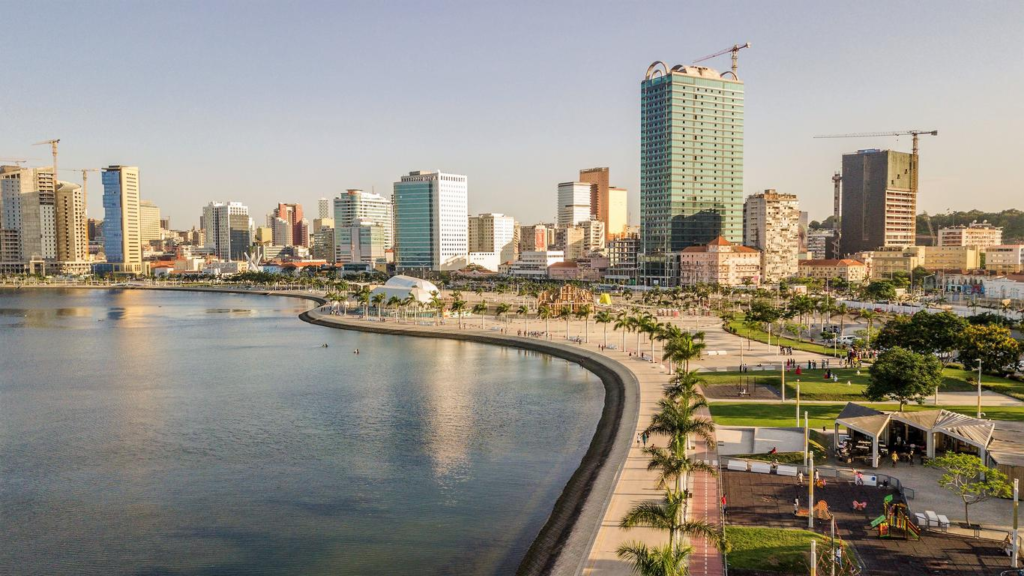
Luanda, the capital city, is a bustling metropolis that offers a glimpse into Angola’s urban life. Known for its vibrant nightlife, historical landmarks, and stunning coastal views, Luanda is a city of contrasts. Visitors can explore the Fortaleza de São Miguel, a 16th-century fortress, and the National Museum of Slavery, which tells the poignant story of Angola’s past.
2. Kissama National Park
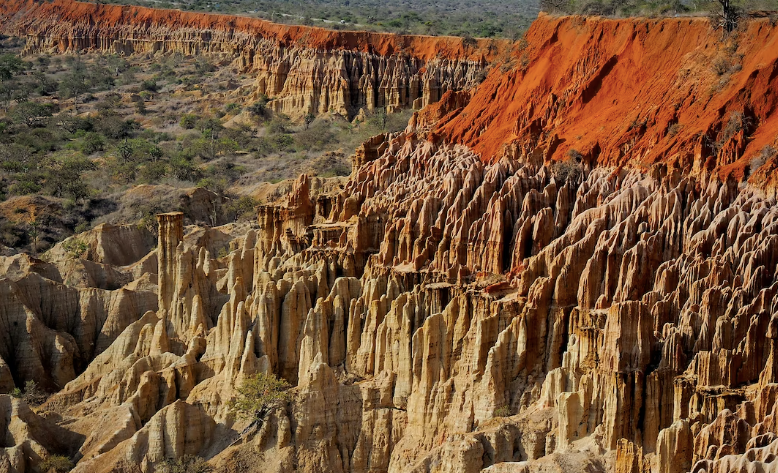
Kissama National Park is one of Angola’s most important wildlife reserves, located just south of Luanda. The park is home to a variety of species, including elephants, zebras, and giraffes, making it a popular destination for safari enthusiasts. The park’s diverse ecosystems, ranging from savannah to riverine forests, offer a unique opportunity to experience Angola’s natural beauty.
3. Benguela

Benguela, a coastal city in western Angola, is known for its beautiful beaches and colonial architecture. The city played a significant role in the slave trade and offers a mix of historical sites and modern attractions. Visitors can relax on the pristine sands of Baía Azul and explore the ruins of the 17th-century São Felipe Fortress.
4. Kalandula Falls

Kalandula Falls, one of the largest waterfalls in Africa, is a breathtaking natural wonder located in the Malanje province. The falls, surrounded by lush forests, cascade from a height of 105 meters, creating a stunning spectacle. This destination is perfect for nature lovers and photographers looking to capture the beauty of Angola’s landscapes.
5. Lubango
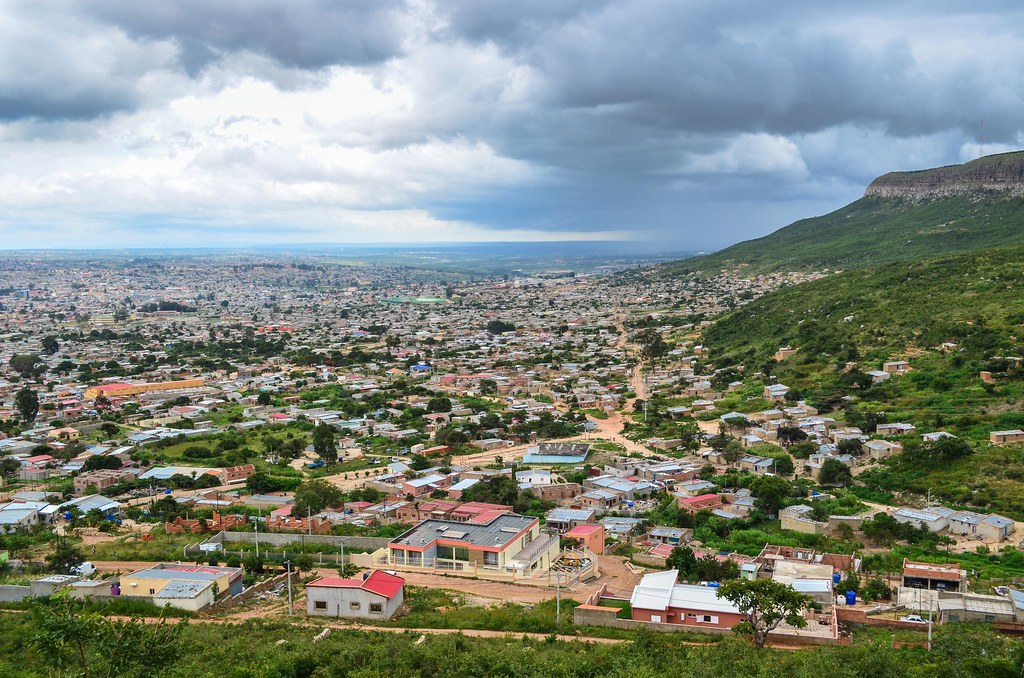
Lubango is a picturesque city nestled in the mountains of southern Angola. Known for its mild climate and stunning scenery, Lubango offers a range of attractions, including the famous Tundavala Gap, which provides panoramic views of the surrounding valleys and cliffs. The city’s colonial architecture and vibrant markets add to its charm.
6. Namibe
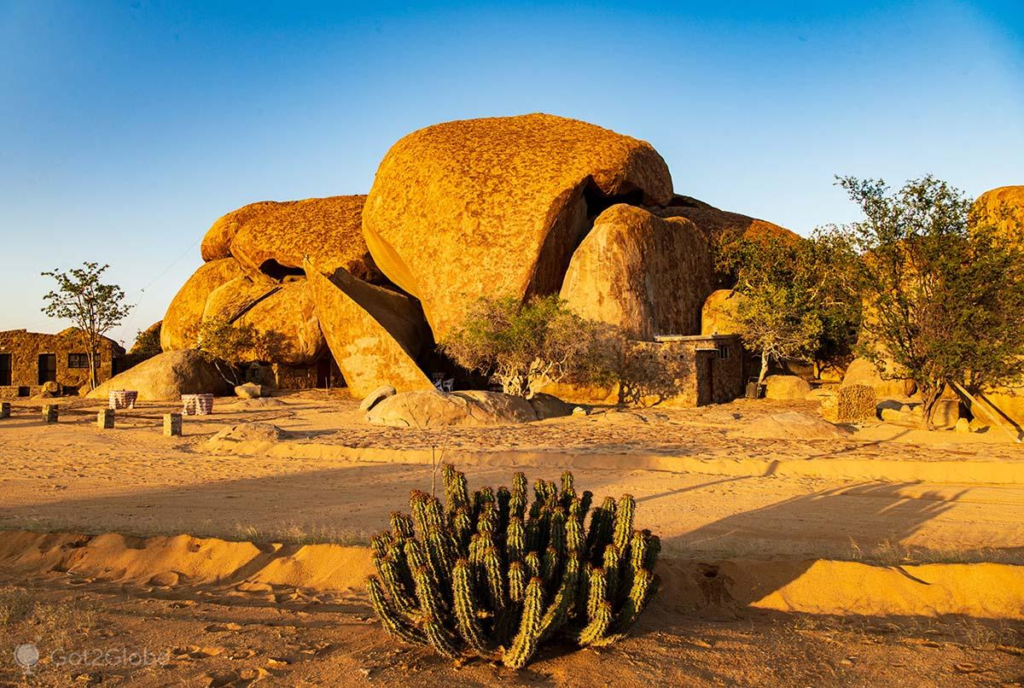
Namibe is a coastal city in southern Angola, known for its unique desert landscapes and rich cultural heritage. The nearby Namib Desert, with its towering sand dunes and rare plant species, offers an otherworldly experience for visitors. Namibe also boasts beautiful beaches and the historic Moçâmedes Railway, which connects the city to the interior.
7. Mupa National Park
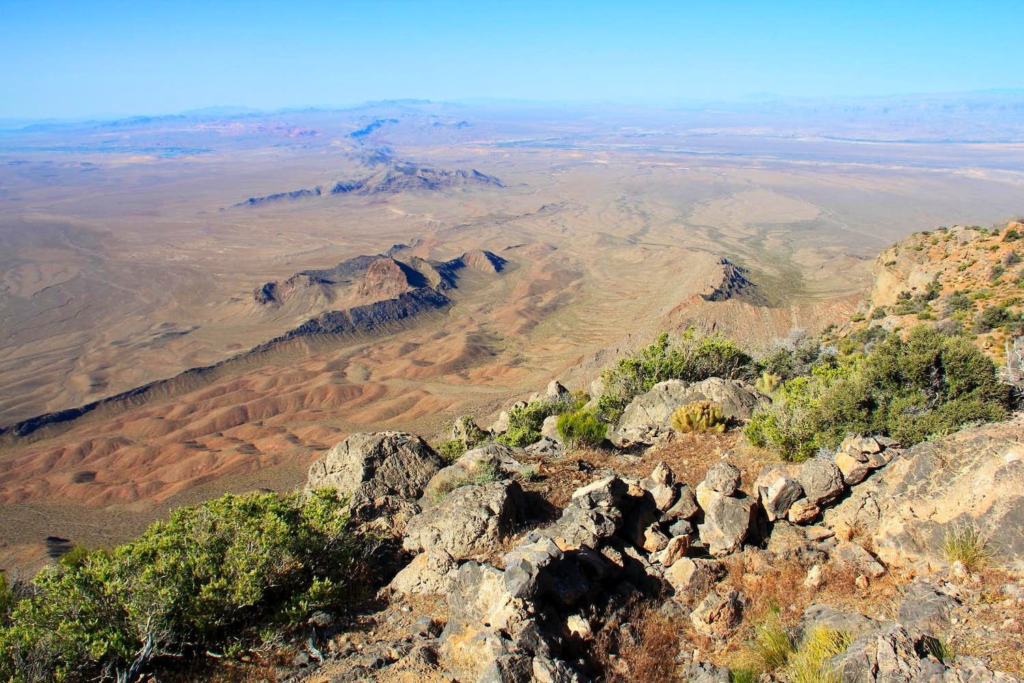
Mupa National Park, located in the Cunene province, is a lesser-known gem that offers a tranquil escape into nature. The park is home to a variety of wildlife, including antelopes, elephants, and birds. Its remote location and untouched landscapes make it a perfect destination for adventurous travelers seeking to explore Angola’s wilderness.
8. Cuito Cuanavale
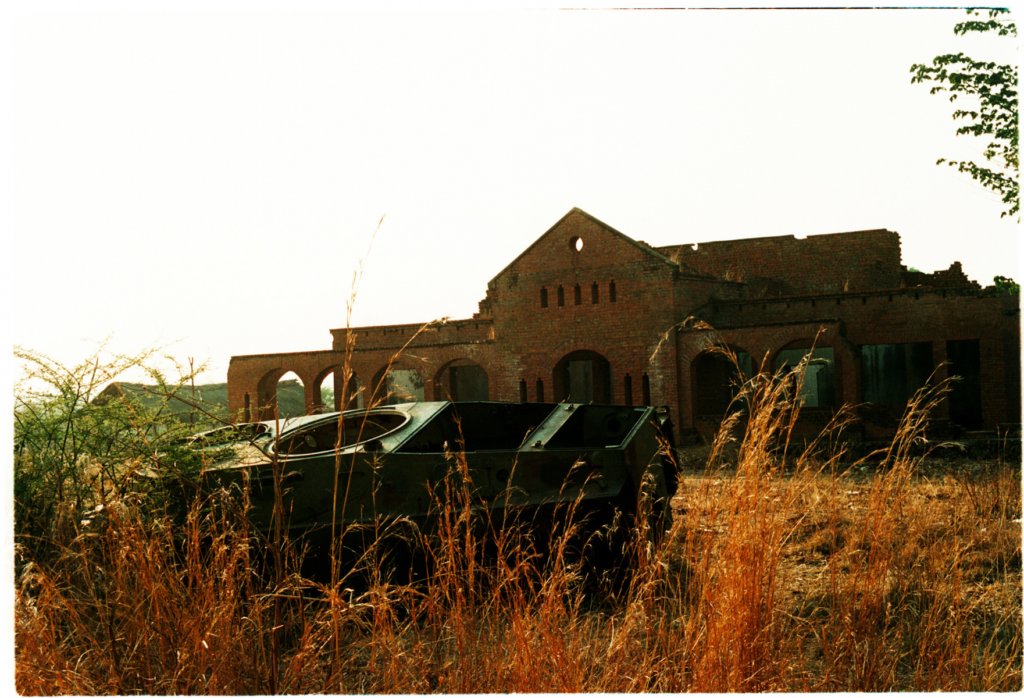
Cuito Cuanavale, a small town in southeastern Angola, is a site of great historical significance. It was the location of one of the largest battles of the Angolan Civil War and is now a symbol of resistance and resilience. Visitors can learn about the town’s history at the local museum and pay their respects at the memorials dedicated to those who fought in the battle.
9. Iona National Park
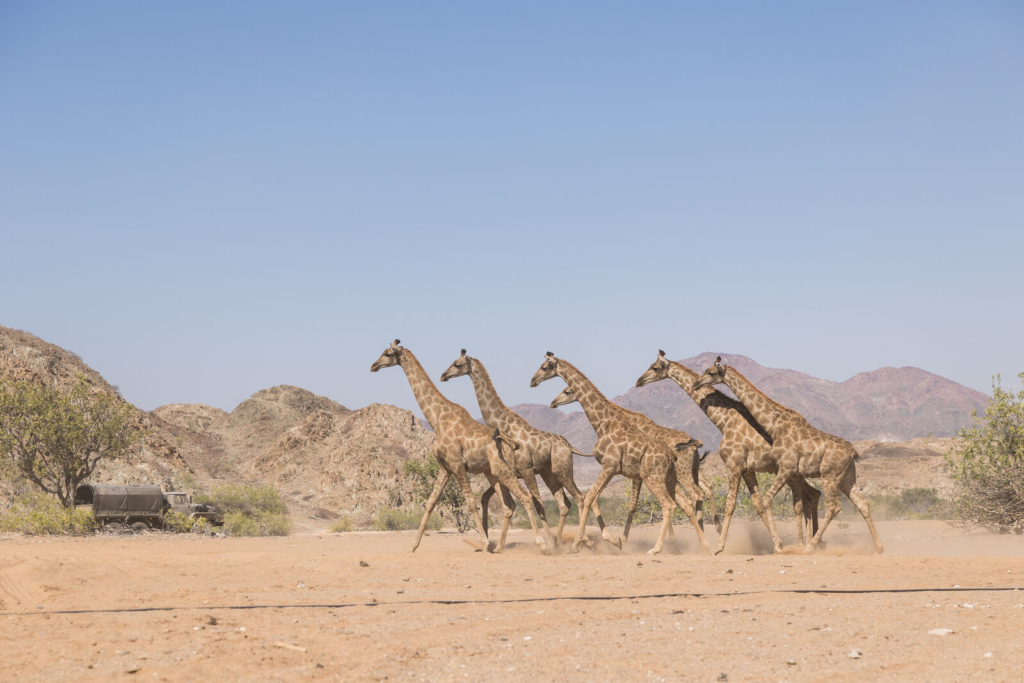
Iona National Park, located in the Namibe province, is the largest national park in Angola and one of the most biodiverse areas in the country. The park’s varied landscapes, including deserts, mountains, and savannahs, are home to a wide range of species, including cheetahs, zebras, and ostriches. Iona is a paradise for wildlife enthusiasts and nature photographers.
10. Bengo

Bengo is a province just north of Luanda that offers a mix of natural beauty and historical sites. The Quicama National Park, known for its wildlife and stunning scenery, is a major attraction in Bengo. Visitors can also explore the town of Caxito, known for its colonial-era buildings and vibrant local markets.
Culture
Angola’s culture is a rich blend of indigenous traditions and influences from its colonial past. The country is home to a variety of ethnic groups, with the Ovimbundu, Kimbundu, and Bakongo being the largest. Portuguese is the official language, reflecting the country’s colonial history, but many Angolans also speak indigenous languages such as Umbundu, Kimbundu, and Kikongo.
Traditional music and dance are integral parts of Angolan culture, with styles like Semba and Kizomba gaining international recognition. Semba, a precursor to Brazilian Samba, is known for its lively rhythms and expressive movements, while Kizomba is a more sensual dance style that has become popular worldwide. Music is not only a form of entertainment but also a means of storytelling and preserving the country’s history and traditions.
Angolan art and crafts are also significant cultural expressions, with a focus on wood carving, pottery, and textiles. Traditional masks and sculptures, often used in religious ceremonies, are highly valued for their artistic and cultural significance. Angola’s literature and oral traditions also play a crucial role in preserving the country’s heritage, with folktales and proverbs passed down through generations.
Festivals
The country hosts a variety of festivals that celebrate its rich cultural heritage and history. One of the most prominent is the Luanda Carnival, which takes place every year in February or March. The carnival is a vibrant display of music, dance, and colorful costumes, reflecting the country’s diverse cultural influences.
Another significant festival is the Festas da Nossa Senhora da Muxima, a religious pilgrimage held in August that attracts thousands of devotees to the Muxima Sanctuary on the banks of the Cuanza River.
Economy
Angola’s economy is heavily reliant on its oil industry, which accounts for a significant portion of the country’s GDP and export earnings. The country is one of the largest oil producers in Africa, with vast reserves located both onshore and offshore. In addition to oil, Angola has abundant natural resources, including diamonds, iron ore, and gold, which also contribute to its economy.
Agriculture is another important sector, with the country producing crops such as coffee, sugarcane, and cassava. However, despite its resource wealth, The country faces challenges related to economic diversification, poverty, and infrastructure development.
Cuisine
Angolan cuisine is a reflection of its diverse cultural influences, combining traditional African ingredients with Portuguese flavors. One of the most popular dishes is Moamba de Galinha, a chicken stew made with palm oil, garlic, and okra, served with rice or funge, a staple made from cassava or cornmeal.
Another favorite is Calulu, a dish made with dried fish or meat, vegetables, and beans, often accompanied by funge. Seafood is also widely consumed along the coast, with dishes like grilled fish and seafood stews being popular. Angolan cuisine is known for its bold flavors and hearty, comforting dishes.
Top Eight Most Famous Food

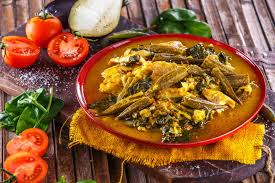
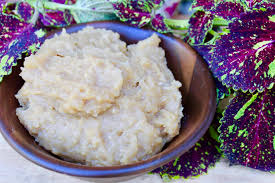

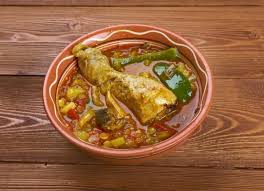



Interesting Facts
- Angola is Africa’s second-largest oil producer.
- The country is home to the world’s second-largest waterfall, the Kalandula Falls.
- Luanda is one of the most expensive cities in the world for expatriates.
- Angola has a young population, with over 60% under the age of 25.
- The Tundavala Gap in Lubango offers one of the most stunning viewpoints in Africa.
- Angola’s national soccer team, the Palancas Negras, qualified for the FIFA World Cup in 2006.
- The country’s name, Angola, is derived from the word “Ngola,” a title used by kings of the Ndongo kingdom.
- The Giant Sable Antelope, a species native to Angola, was thought to be extinct until it was rediscovered in 2006.
- Angola has a rich tradition of storytelling and oral history.
- The Namib Desert, one of the oldest deserts in the world, extends into southern Angola.
Conclusion
Angola is a country of immense beauty, rich culture, and untapped potential. From its stunning natural landscapes and vibrant cities to its deep-rooted traditions and history, The country offers a unique and enriching experience for travelers. As the country continues to rebuild and develop, it is gradually revealing its hidden gems to the world. Whether you’re interested in exploring its national parks, learning about its history, or experiencing its culture, Angola has something to offer every visitor.
let’s enjoy few years on earth with peace and happiness….✍🏼🙏

